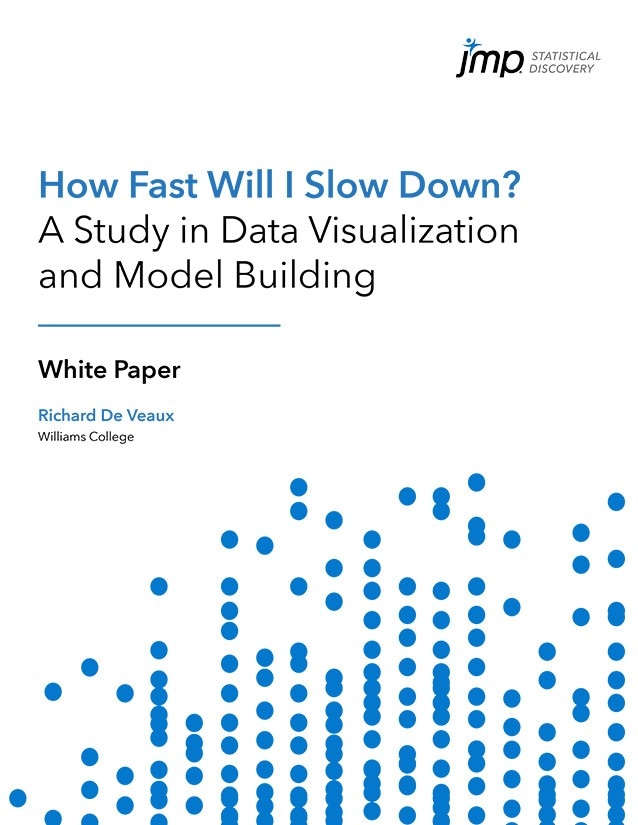Richard De Veaux,
Williams College
About the Author
Richard De Veaux is the Chair and the C. Carlisle and Margaret Tippit Professor of Statistics in the Department of Mathematics and Statistics at Williams College in Williamstown, MA.
It is certainly no surprise that sports performance tends to decrease after a certain age. But at what age do we experience peak performance? And after that peak, how fast do we slow down? It is rare for a female gymnast to be competitive much past her adolescence, but marathon runners often reach their best times in their early 30s. Do we slow more in sprints or long-distance events? In running or swimming?
In 1994, econometrician Ray Fair wrote a seminal paper on the effects of aging entitled: How Fast Do Old Men Slow Down? Using world record data available at the time, Fair constructed models for the ratio of the performance of world records for various age groups to the records of 35-year-olds for both men and women in various running and swimming events. Fair’s paper spawned an entire research area.
Much has changed since 1994. Participation in masters events by older athletes has skyrocketed since their beginnings in the 1970s. Using more recent data, and a variety of classical and machine learning algorithms, we updated Fair’s models (see De Veaux, Plantinga and Upton 2022a) using masters event data rather than world records. We then investigated the handicaps used by the Dipsea Race in California, which gives head starts to runners based on their gender and age. We used our model to assess if those handicaps are fair (see De Veaux, Plantinga and Upton 2022b).
U.S. Masters Swimming (usms.org) keeps track of club events around the United States and posts the 10 best times for each sex, age group, stroke, and distance every year. The data from 1971-2016 comprise nearly 200,000 observations. In this paper, I’ll explain how we used visualization and data exploration in our initial investigations, how we made decisions about which events to model, and how these insights led to the process of building a model for performance by age. Finally, I’ll see how well those models predict my own swimming times as collected over the past 35 years.
Read the full paper by completing the form below.
